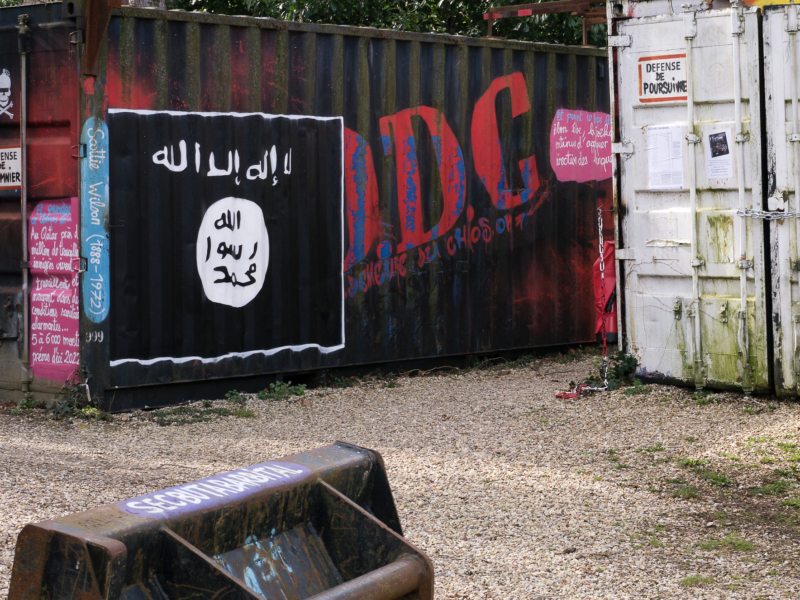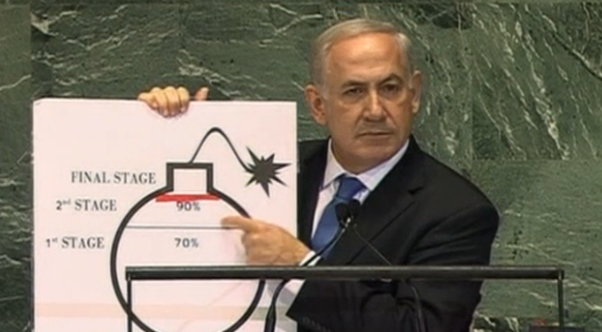What if Al Qaeda and the Islamic State were to join forces? At first glance, this might seem improbable. The rift between the two groups, which culminated in the Islamic State’s separation from Al Qaeda in 2013, is well known among both researchers and casual observers of international affairs. The two groups have even engaged in direct battles in Yemen, Syria, Somalia, and elsewhere.
But things might be changing. News reports from late February indicate that “groups linked to al-Qaeda and the Islamic State … are working together to take control of territory across a vast stretch of West Africa….” The article goes on to note that:
Fighters appear to be coordinating attacks and carving out mutually agreed-upon areas of influence in the Sahel, a strip of land south of the Sahara desert. The rural territory at risk is so large it could “fit multiple Afghanistans and Iraqs,” said brigade general Dagvin Anderson, head of the US military’s Special Operations arm in Africa.
“What we’ve seen is not just random acts of violence under a terrorist banner but a deliberate campaign that is trying to bring these various groups under a common cause,” he said. “That larger effort then poses a threat to the United States.”
Brigadier General Anderson is correct: if left unchecked, cooperation between Al Qaeda and the Islamic State would pose a significant threat. A large body of academic research shows that alliances between armed groups facilitate the transfer of capabilities, increase lethality, and bolster resilience.
And we know of many cases where cooperation between armed groups proved transformative. Hamas cooperated with Hezbollah to learn suicide bombing tactics; ETA (in Spain) cooperated with the Irish Republican Army (IRA) and FARC (in Colombia) to trade explosives and bomb-making strategies; and more recently, Al Qaeda shared valuable operational knowledge that strengthened Jemaah Islamiyya, an armed group in southeast Asia. If groups go beyond trading information and materiel to explicitly sharing resources and coordinating attacks, as Al Qaeda once did with the predecessor to Islamic State (Jama’at al-Tawhid wal-Jihad), their potential to inflict harm and challenge security is even greater.
With the Islamic State weakened in recent years, deterring alliances that might revitalize the group is critical.
Is sustained cooperation between Al Qaeda and the Islamic State, two former-enemies, really possible?
In short: yes. And there are five reasons why this could happen soon.
First, the initial disagreement between Al Qaeda and the Islamic State was largely about strategy. The approach of the Islamic State was fast, brutal, and uncompromising. Al Qaeda waged a slower, more deliberate, population-focused campaign. This is important. Though disagreements over ideology and leadership may be immoveable, disagreements over strategy are not necessarily insurmountable, as groups like Ansaru and Boko Haram have shown.
Second, both Al Qaeda’s and the Islamic States’ senior leadership has been hammered by military strikes. Al Qaeda lost their presumptive heir, Hamza bin Laden, as well as the deputy to Ayman al-Zawahiri, Qassim al-Rimi. The Islamic State lost its most senior in command, Abu Bakr al-Baghdadi. This is important because leadership change might bring about strategic change. While Baghdadi might never have cooperated with Al Qaeda, for instance, those in power today—or tomorrow—may view things differently.
Third, many members of Al Qaeda and the Islamic State likely know each other and don’t harbor as much animosity as some might assume. Rather, as Dan Byman notes, the jihadist movement is “bound by numerous personal ties, often based on shared fighting in Afghanistan, Iraq, and other fronts.” This means that there could be greater support for cooperation from within these organizations than we realize.
Fourth, although cooperation today is localized in Mali, this could serve as the foundation for more sustained engagement in the future. Cooperation like this does not simply go from zero to one hundred; whether it is the European Union starting out as the European Coal and Steel Community, or members of ETA and the IRA visiting each other before escalating to arms sales and training, cooperation takes time to develop. The same could be true here.
Fifth, both the Islamic State and Al Qaeda have faced significant setbacks but are now regrouping. With regards to the Islamic State in particular, a report submitted to the UN Security Council at the end of January details how the group is “reassert[ing] itself in both the Syrian Arab Republic and Iraq, mounting increasingly bold insurgent attacks….” The prospect of defeat is an excellent motivation for strategic (re)evaluation, and the Islamic State’s renewal on the heels of near-devastation might make them receptive to a previously unthinkable alliance.
What can the US and its allies do? As Brigadier General Anderson argues, there is no one solution, and whatever the strategy, it will require more than just military might. In the long term, the US can support states, especially in West Africa, to reduce ungoverned and insecure spaces where armed groups can flourish and develop working relationships. In the short term, the US should maintain efforts to defeat the Islamic State—despite the clear success of routing their so-called caliphate—and to disrupt any collaborations they may seek to develop. The same is true of Al Qaeda: though less frequently in the news, both groups are still capable of morphing into much greater threats—especially if they collaborate.





